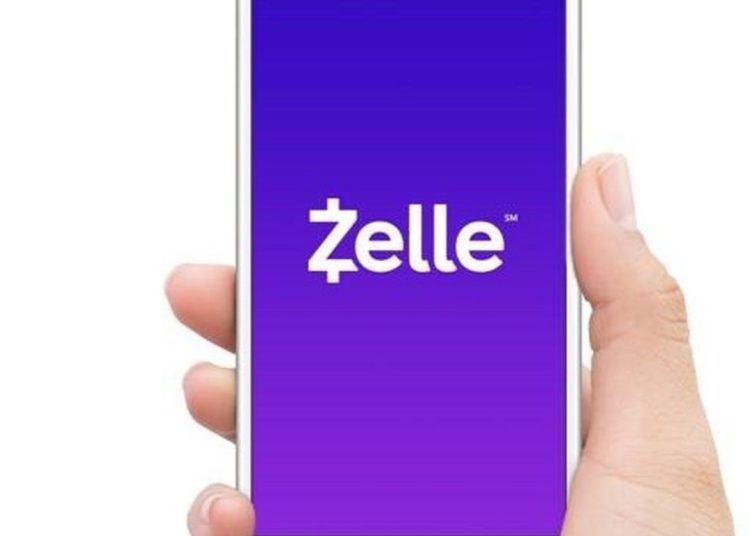Zelle’s standalone app officially shut down on April 1, but users can still access the digital payment service through their financial institutions. This change has prompted millions to ensure they have an alternative way to send money.
While Zelle serves 150 million customers in the U.S., only a small fraction—about 2%—of transactions occurred through its standalone app. The vast majority of users rely on their bank’s app, leading Zelle to discontinue its dedicated application.
Initially announced in October 2024, the shutdown became effective on Tuesday.
Zelle, which launched in 2017 with backing from major U.S. banks like Bank of America, JPMorgan Chase, and Wells Fargo, is now integrated into over 2,200 banks and credit unions nationwide, accounting for 98% of its transactions. With the app’s closure, Zelle has encouraged users to transition to their bank’s online services, ensuring uninterrupted access to payments.
Despite the app shutdown, Zelle emphasized that the vast majority of users wouldn’t be affected. Customers can still send money seamlessly via their bank’s app, often by selecting the Zelle option and choosing a recipient from their phone contacts. If the recipient isn’t enrolled, they receive a prompt via email or text to claim their funds.
Although the standalone app will no longer process payments, it will remain accessible for consumer education on fraud prevention and provide a directory of participating banks and credit unions.
Zelle’s dominance in the digital payments space remains strong, processing over $1 trillion in 2024—significantly outpacing competitors like Venmo and Cash App. A key advantage of Zelle is its direct bank-to-bank transfers, eliminating delays and fees typically associated with other payment apps that require holding funds in a separate wallet.













